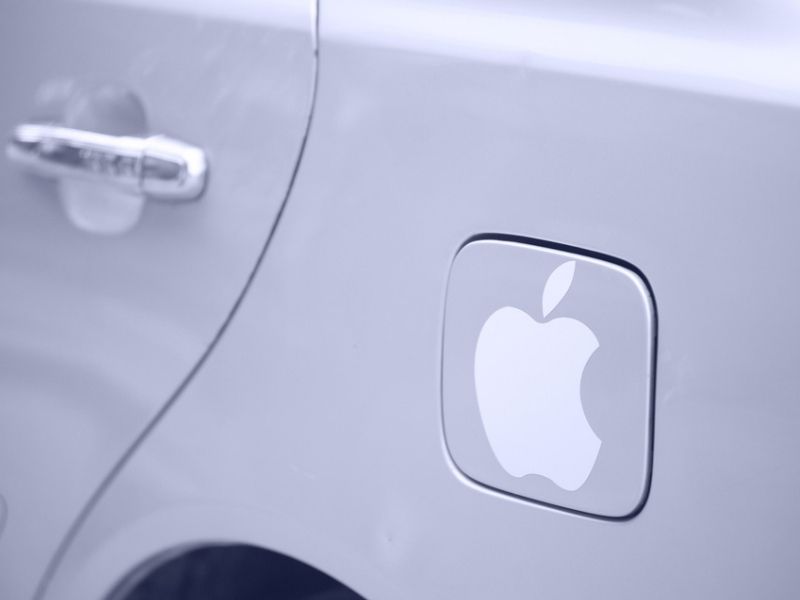In the United States, nearly 40,000 people lost their lives as a result of an automobile accident in 2020. Unfortunately,...
JoinedOctober 23, 2019
Articles9
Whether you’re trying to grow an already existing business or you’re looking to start a brand new company, you’re going...
Value realization is quickly becoming a widely used term across industries including the it equipment recycling industry, but the concept...
Apple is well-known for keeping the public in the dark about their upcoming products. While management has changed over the...
They’re something that’s ubiquitous today, but if you think about it, pedestrian crossing signs haven’t always been with us, nor...
A trucking business can be a lucrative venture, but it’s one that you’ll have to plan for properly. In order...
It’s common for people to think they can go without insurance, especially if they’re rarely sick or need medical care....
Think you know everything there is to know about Harley-Davidson? So do a lot of diehard riders, but there are...
Freelance work is here to stay. Technological advances have made freelance opportunities more prevalent than ever before, and according to...








